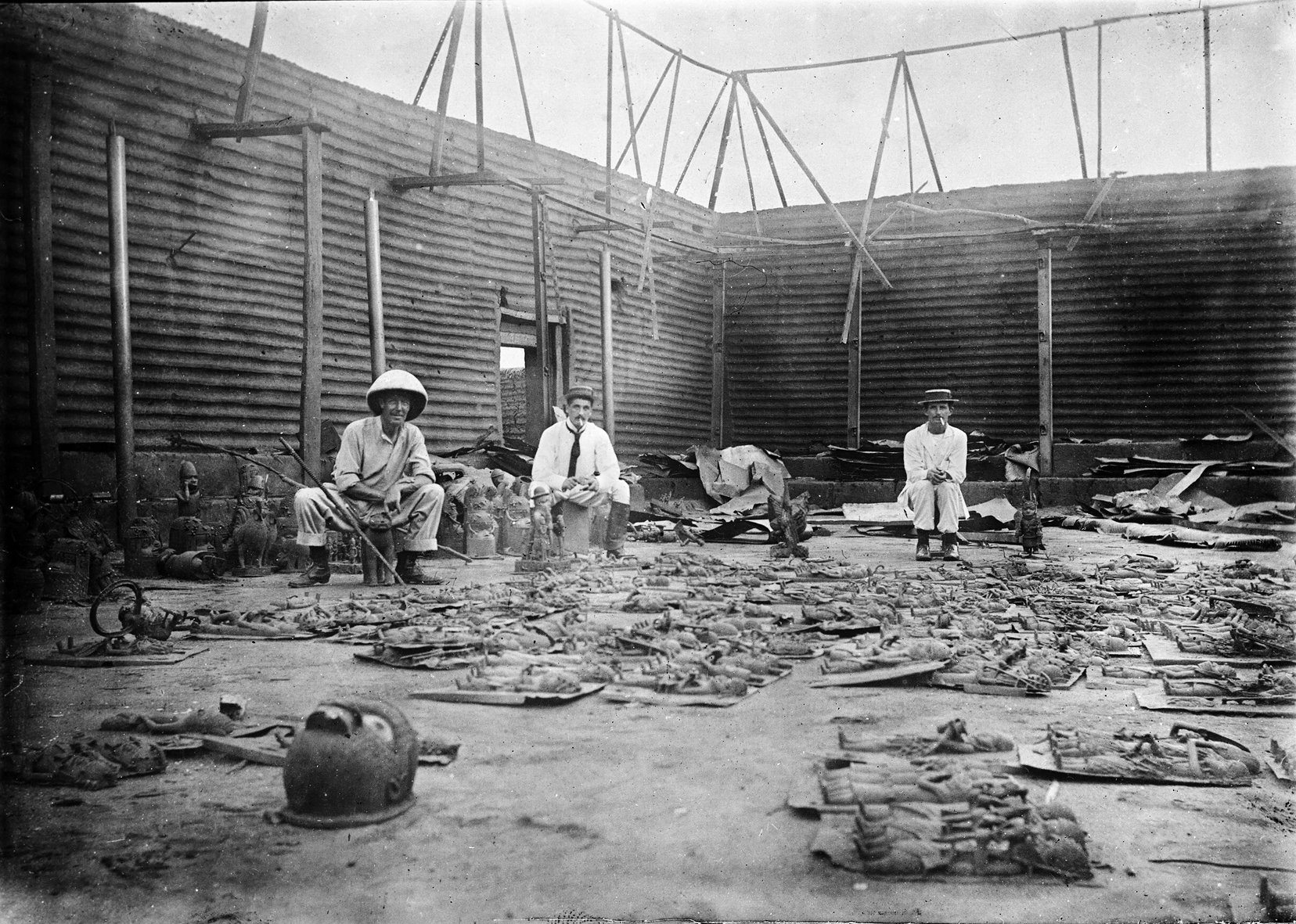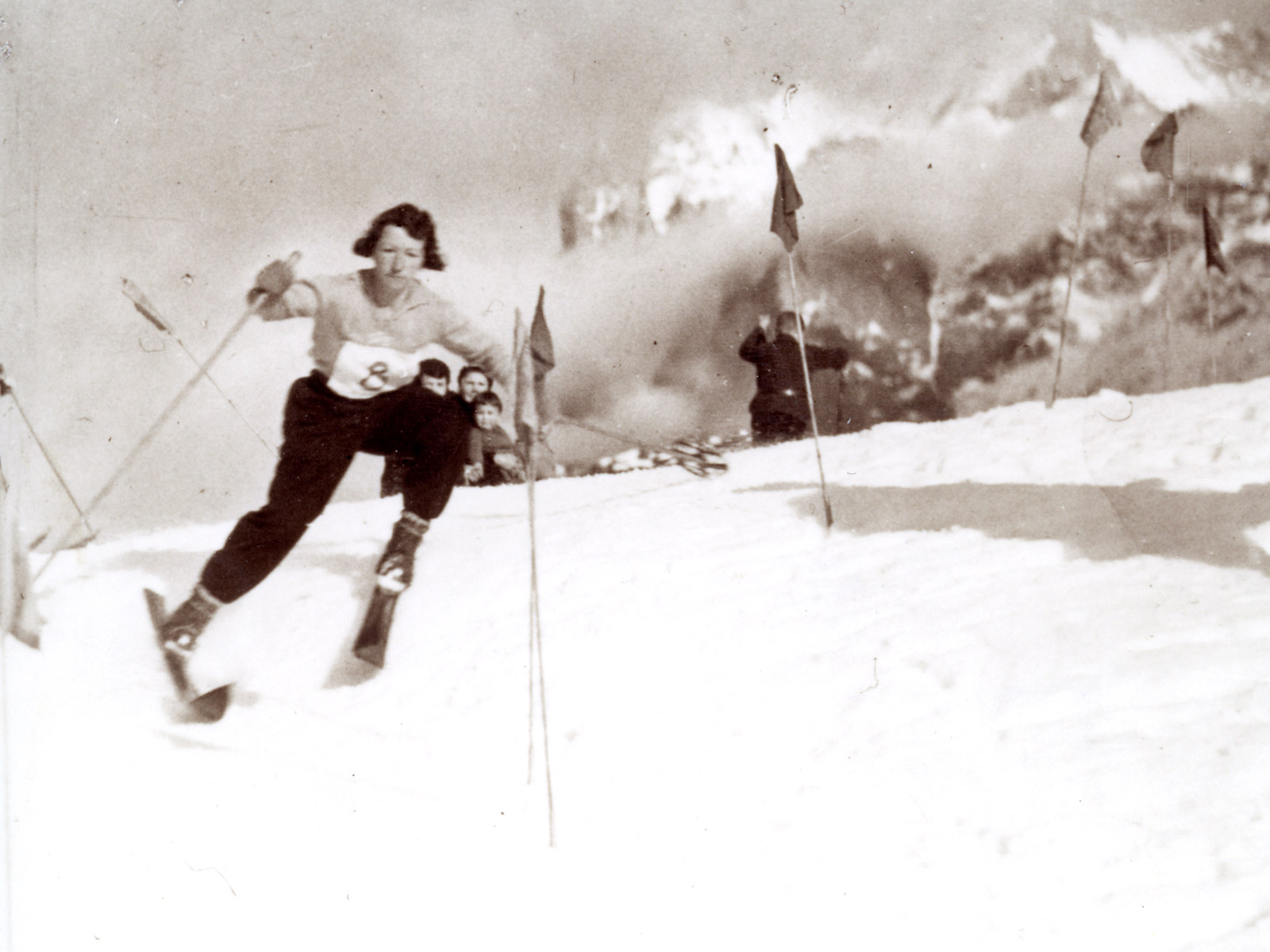
Switzerland Today
Dear Swiss Abroad,
If you go down to the woods today, keep your eyes open because you might spot a new species. Here are the latest news and stories from Switzerland on Wednesday.

In the news: Out on a midday walk, a researcher from the Swiss Federal Institute for Forest, Snow and Landscape Research (WSL) chanced upon not only a new species of fungus but a new genus.
- Andrin Gross made the discovery virtually on the doorstep of his office in 2018: he saw small, grey-beige cupules on the male flowers of a Himalayan spruce (pictured) in the research institute’s garden, according to a WSL statement today. The researchers named the species Microstrobilinia castrans.
- Swiss police arrested a man found with traces of explosives outside the federal parliament yesterday evening, sparking a security alert that shut down part of Bern for several hours. The evacuation of parliament was criticised by a member of the Senate. “This would have been the ideal scenario for an attack on all the members present,” he said.
- The Swiss government has for the first time adopted a regional strategy for the Asia-Pacific region for the period 2023-2026. The move takes into account the growing importance of the southeast Asia region and complements the government’s China strategy, the government said today.
- The Swiss government said today the confiscation of private Russian assets was not permissible under Swiss law. Switzerland has frozen financial assets worth CHF7.5 billion ($8.1 billion) under sanctions against Russians to punish Moscow for its invasion of Ukraine.

Swiss museums have displayed art looted from the African Kingdom of Benin for decades. The idea of restitution is now on the table.
In the Rieterpark above Lake Zurich “the splendour of the 19th century” can still be experienced today, according to the city tourism agency’s promotional literature: the Rietberg Museum displays art treasures from all over the world. But right now, Abba Tijani is sitting in the museum because he wants something from the 19th century back. The director general of Nigeria’s National Commission for Museums and Monuments is in Switzerland because of the “Benin bronzes”.
Tijani is part of a Nigerian delegation that wants to discuss the future of the Benin bronzes on display in Switzerland with a group of Swiss museums – the Swiss Benin InitiativeExternal link. “We want to give museums the opportunity to return these artworks to their rightful owners and exhibit them legally – to do the right thing,” he tells SWI swissinfo.ch.
The Benin bronzes have become a key symbol in the debate about how to handle African cultural heritage. Not least because many of them are unquestionably looted: in February 1897, 1,200 British soldiers invaded Benin City in a so-called “punitive expedition”, burnt everything down, and subjugated the kingdom to the British Empire. Today it is known that of 96 Benin bronzes on display in Switzerland, 21 were definitely looted and a further 32 are presumed to have been so. This was the finding of a report produced by the Swiss Benin Initiative in cooperation with Nigerian historians and curators. A joint declaration has also stated that the museums are open to transferring the objects known or presumed to have been looted back to Nigeria.
The shift in attitude has much to do with French President Emanuel Macron, who announced in 2017 during a state visit to Ouagadougou, Burkina Faso, that France was ready to return African cultural assets. He also commissioned an influential report to discuss the issue of restitution. But movements like “Rhodes Must Fall”, “Black Lives Matter” and various smaller initiatives also contributed, Tijani says.
“Increased international attention on the disenfranchisement of Black people has also contributed to the fact that the time has finally come,” he says.
More

Rösli Streiff won both the slalom and combined titles at the second Alpine World Ski Championships in Cortina d’Ampezzo in 1932.
In this article we look back in pictures at the life of the trailblazing skier from Glarus and the early days of women’s downhill skiing.
SWI swissinfo.ch regularly publishes articles on historical topics curated directly from the Swiss National Museum’s blog pageExternal link.

In compliance with the JTI standards
More: SWI swissinfo.ch certified by the Journalism Trust Initiative









